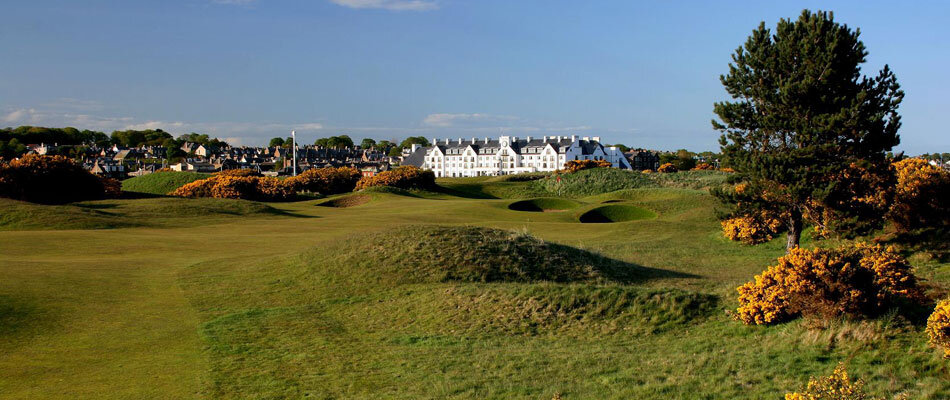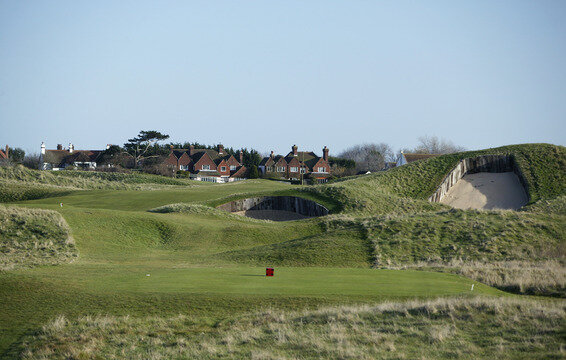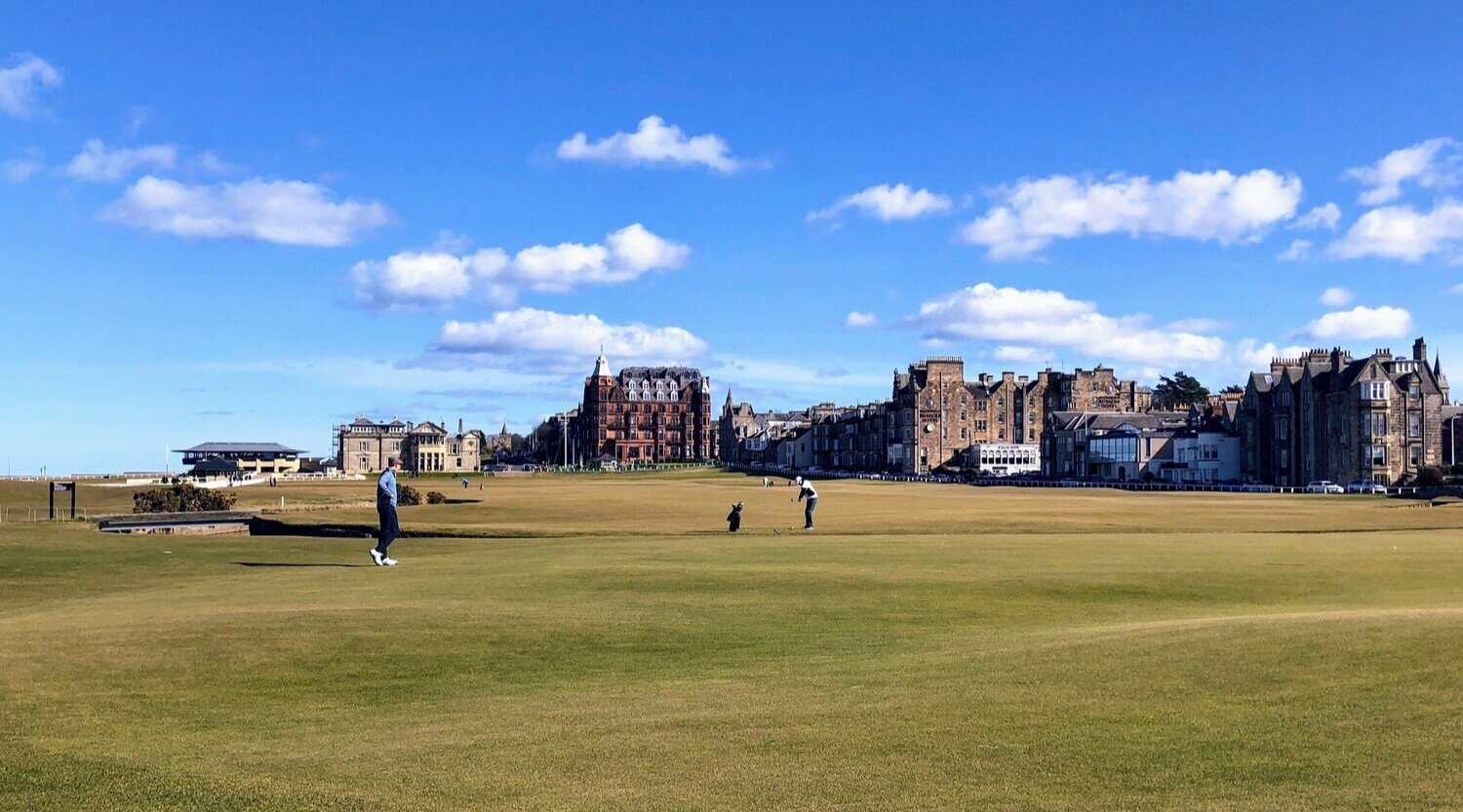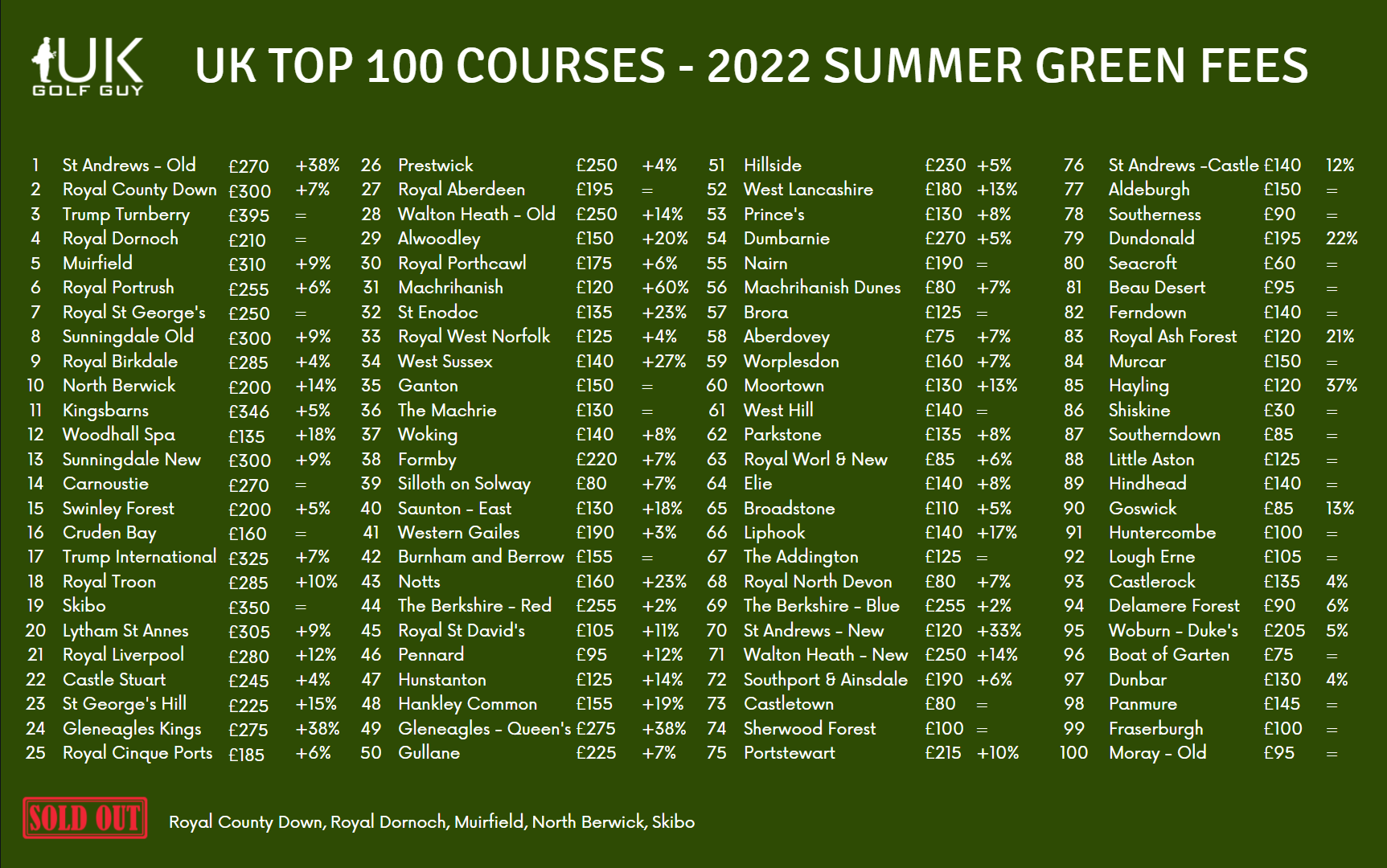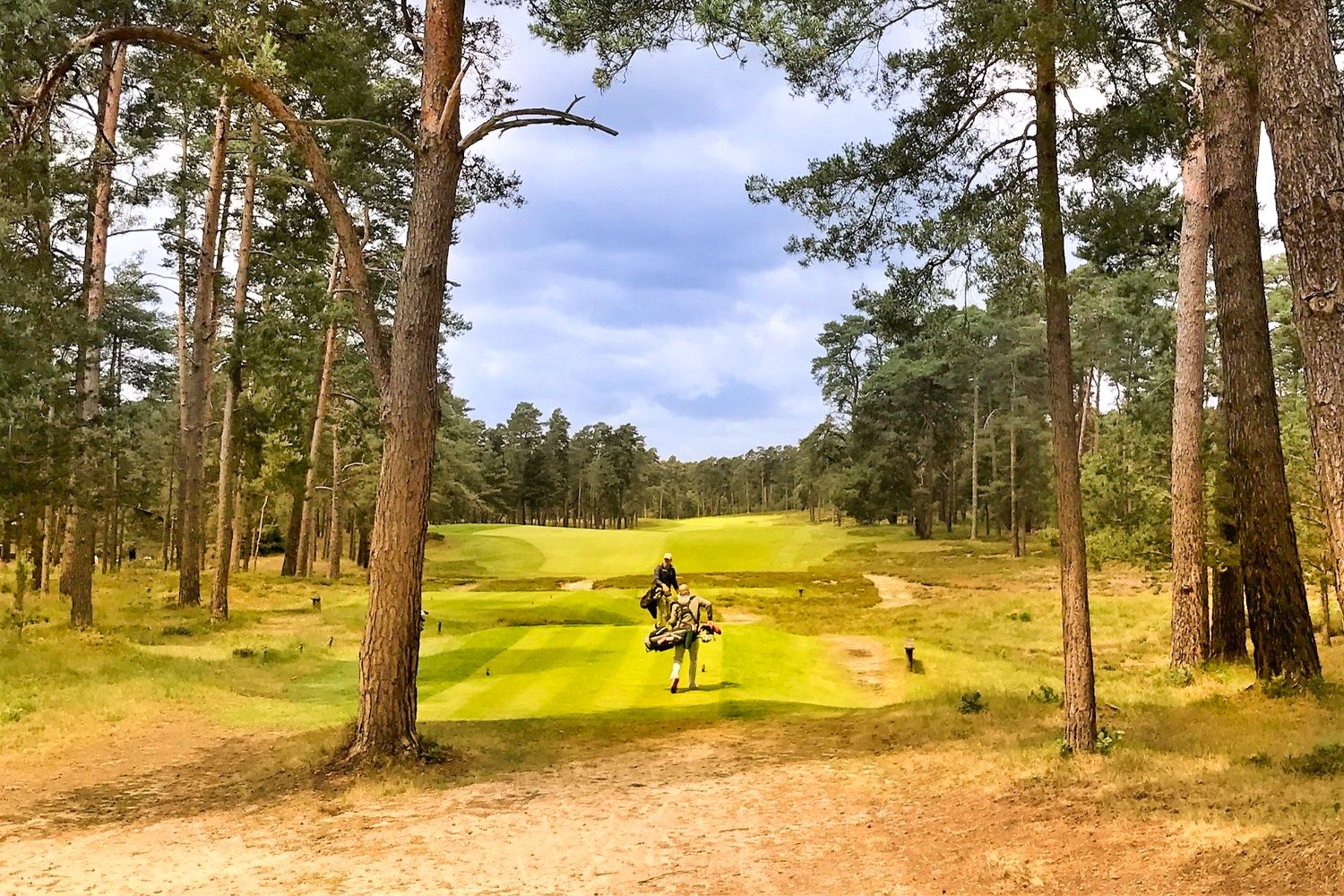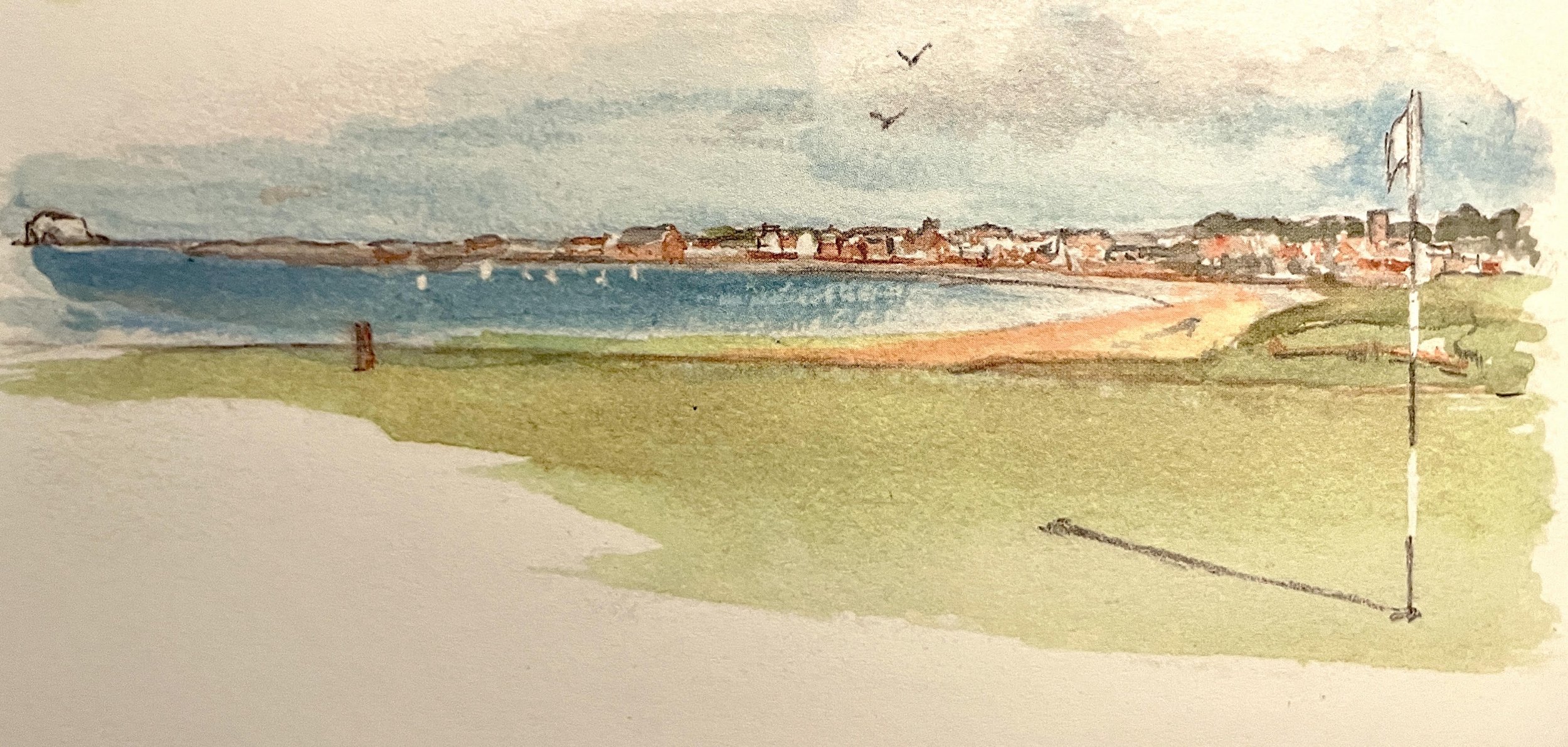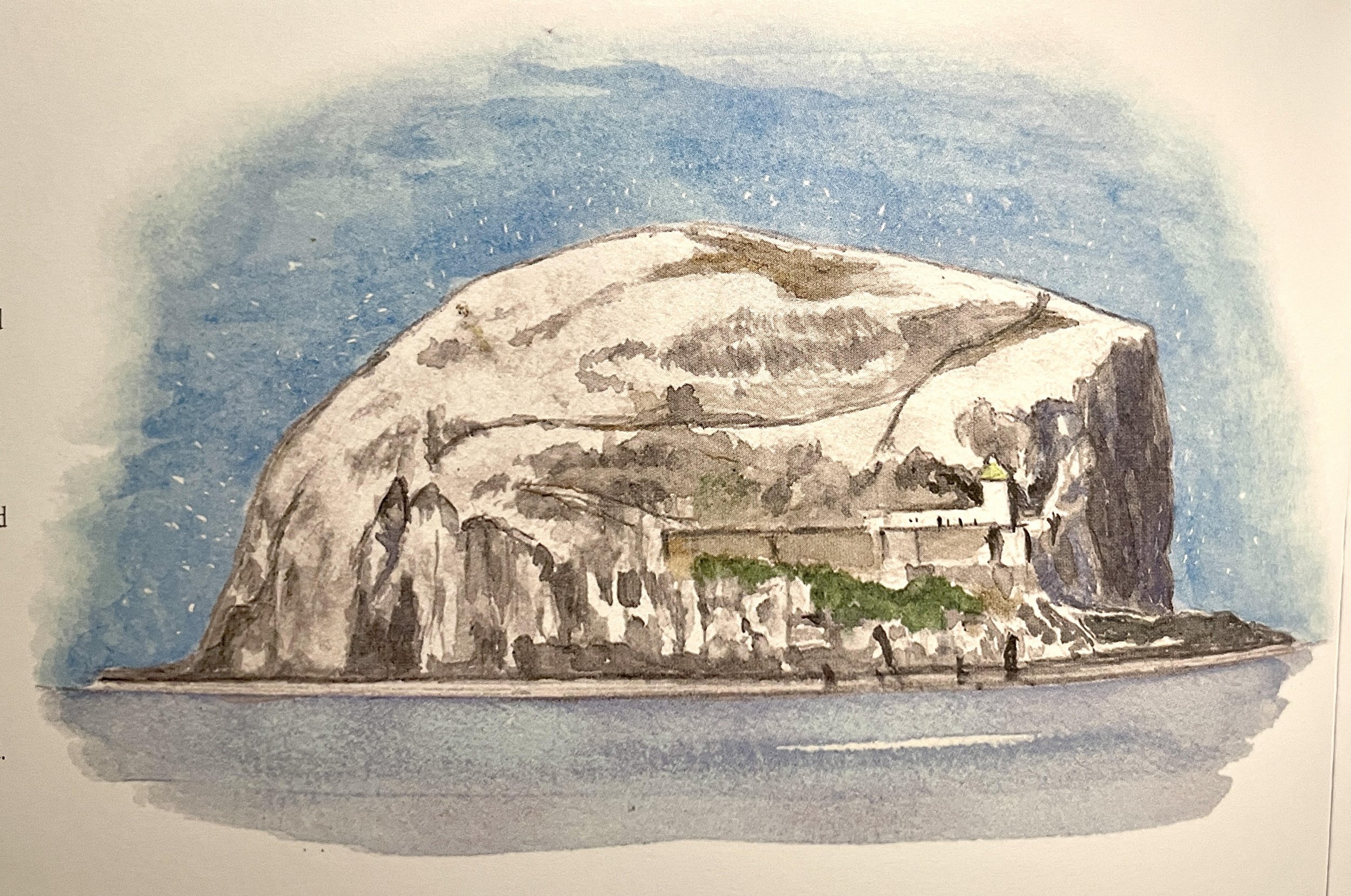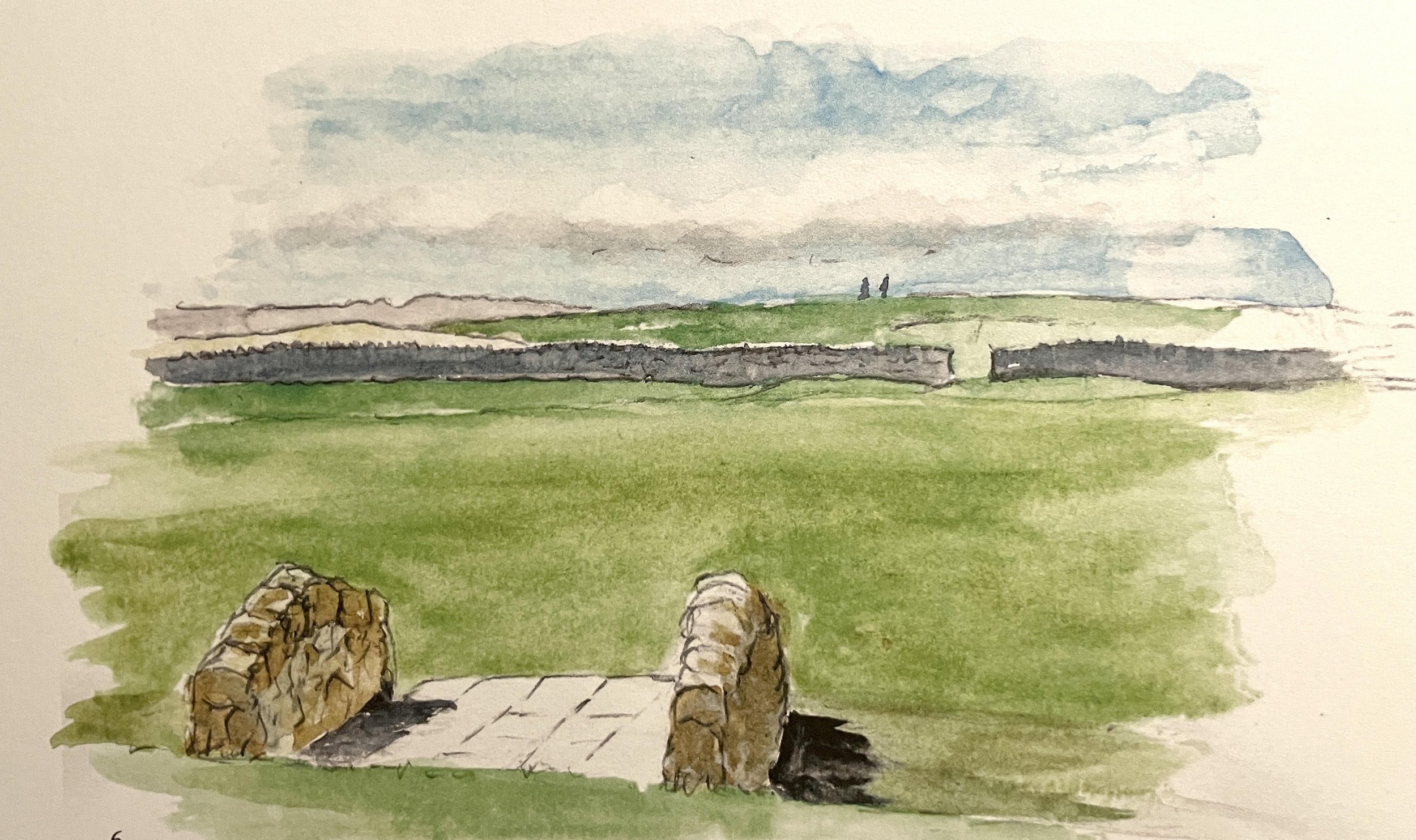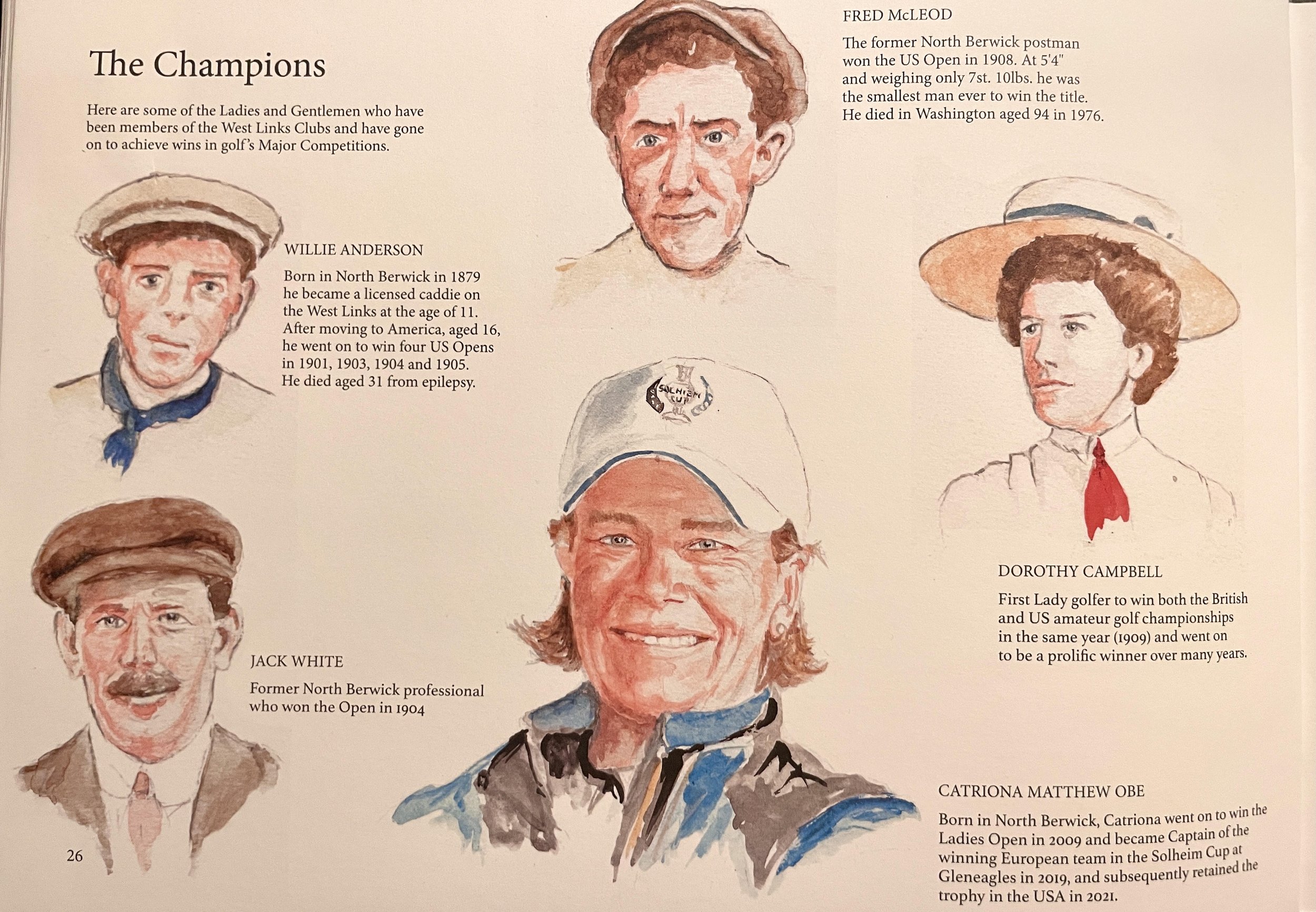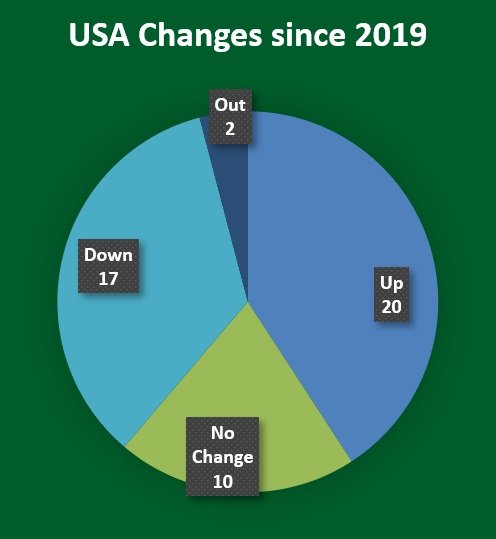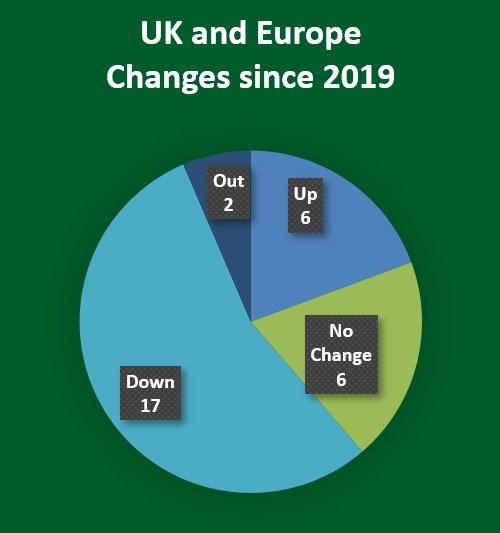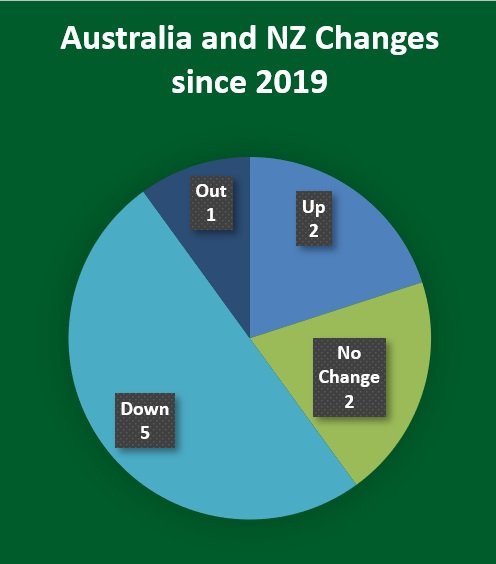I have a thing for golf books. The postman’s knock, with yet another brown parcel, is a fairly common occurrence. When I read in a recent edition of The Quadrilateral of a new book of old Scottish golf photos I was intrigued. The next morning the postman delivered!
‘Golf In Scotland in the Black and White Era’ is a collection of photographs, largely taken from the archives of DC Thomson. DC Thomson is a newspaper publisher, predominantly covering the East coast of Scotland. As the blurb on the back of the book says, ‘Over the years, hundreds of photos are taken of tournaments, players and golf courses. Roll after roll of film. But only a few pics were used in newspapers and magazines, the reset were quietly stored away on archive shelves. This book is the result of years of research trawling through all those old photos and negatives’.
The result is a really wonderful tome. It’s been a long time that I’ve had a golf book which I have returned to on so many occasions in such a short period of time, I just can’t stop going back to look at the wonderful images.
Because the photographs are from a newspaper archive many of them are taken at professional tournaments - mainly Opens at St Andrews and Carnoustie.
A few things struck me from the images. You really get a sense from looking at them of how the Open has grown and developed over the years. There are some great images of the 1955 Open at St Andrews and the scene around the 1st and 18th holes. There appear to be more people on the beach in the background than watching the golf. Even by 1970 the fans are only standing one or two deep around the 18th green. Contrast that with the scenes we’ll see this week and the growth is quite staggering.
Fans watching the 1970 Open at St Andrews
Something else that shines out is the charisma of some of the players of the past. There are some great shots of Nicklaus, Palmer and Player and the film star looks are fantastic. You really get the sense that these players cared about how they look and their image. I’m not so sure that the modern player would have the same concerns.
The ‘Big Three’ in 1966 at Muirfield
The book isn’t all about the top male professional players. There are also many images of some slightly lesser-known Scottish players taking part in regional competitions in the section entitled ‘Irons ladies’ talking about the development of the women’s game in Scotland. The book isn’t just about the images as the accompanying text bring the images to life and tells the lesser-known players’ stories. I confess I didn’t know quite how prodigious Belle Robertson was until getting stuck into this.
Another dimension is the wonderful aerial photos - particularly of The Old Course. If you are a fan of golf course architecture, or the history of the course, then these images are like gold-dust. This is a great shot from 1957 which shows the whole of the course from the air. The lack of vegetation on the course was really stark - a few slithers of gorse but really not much at all. And the width of some of the holes is just incredible.
As you can probably tell, I loved this book. The hundreds of photographs selected here really bring the story of Scottish golf to life. It would make a fantastic gift, either for those rekindling memories of days gone by or to bring those days to life for a whole new generation.









